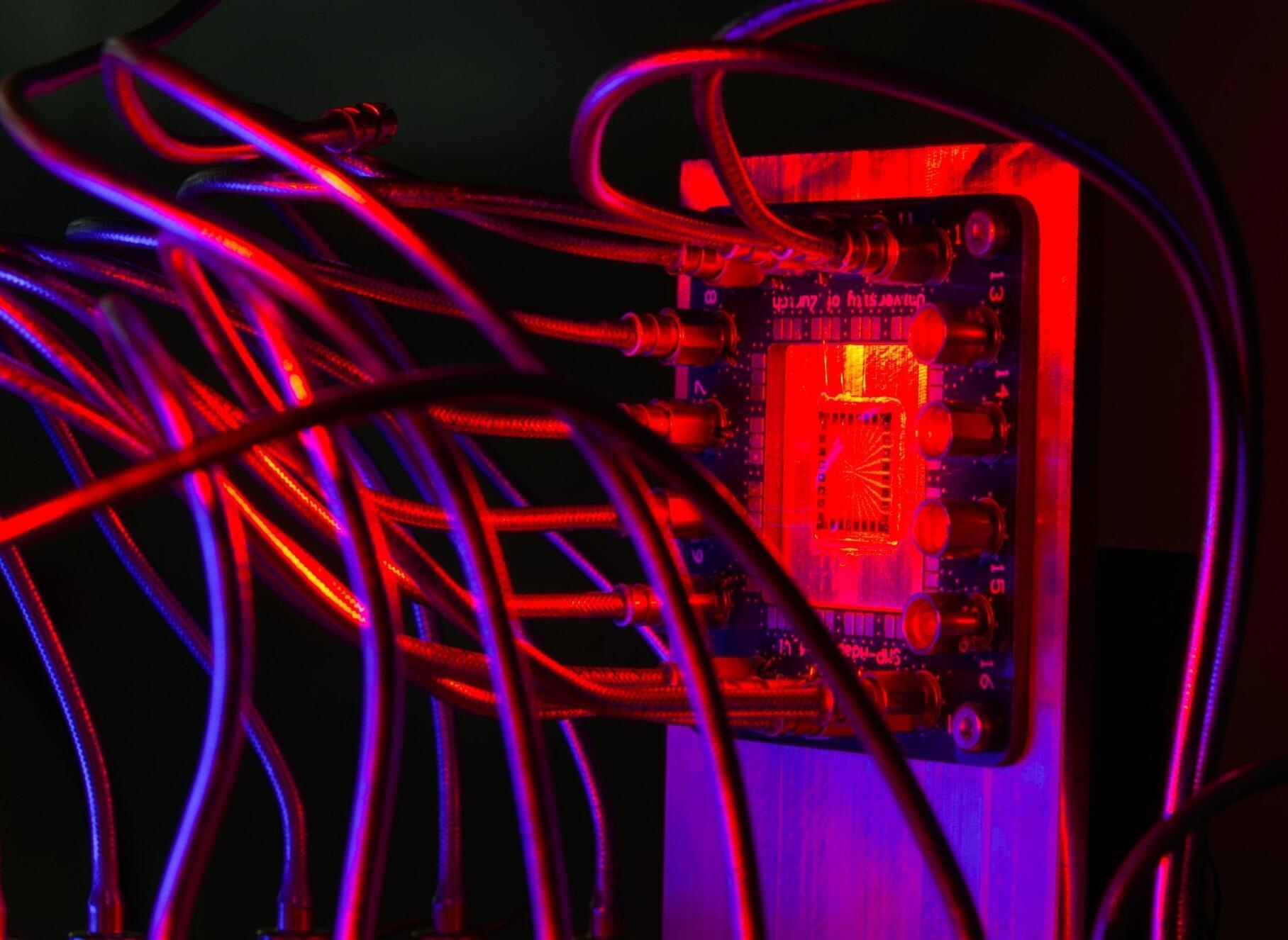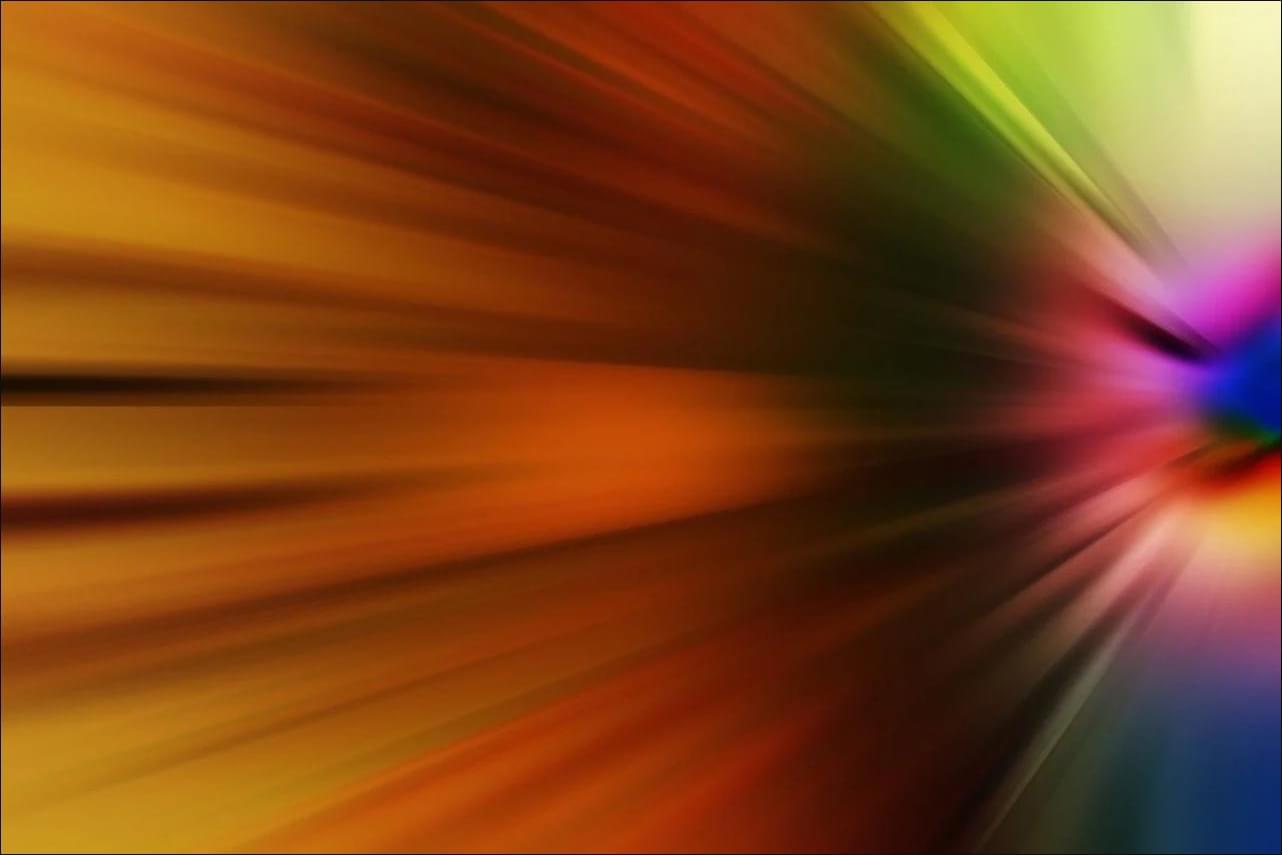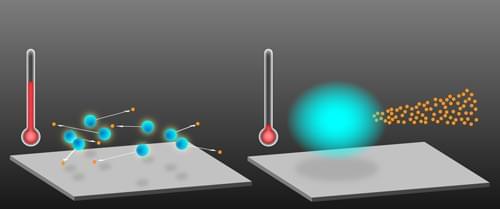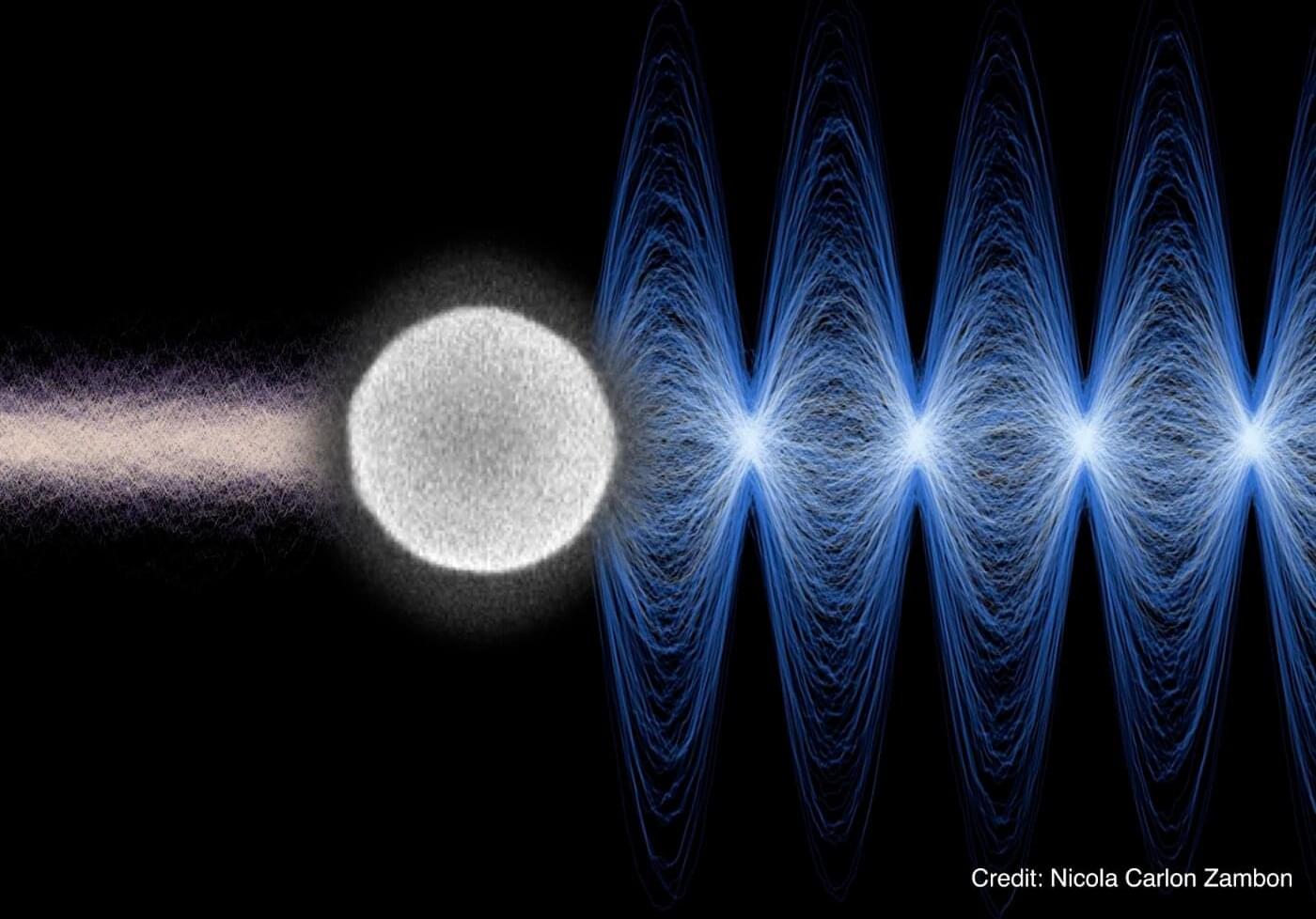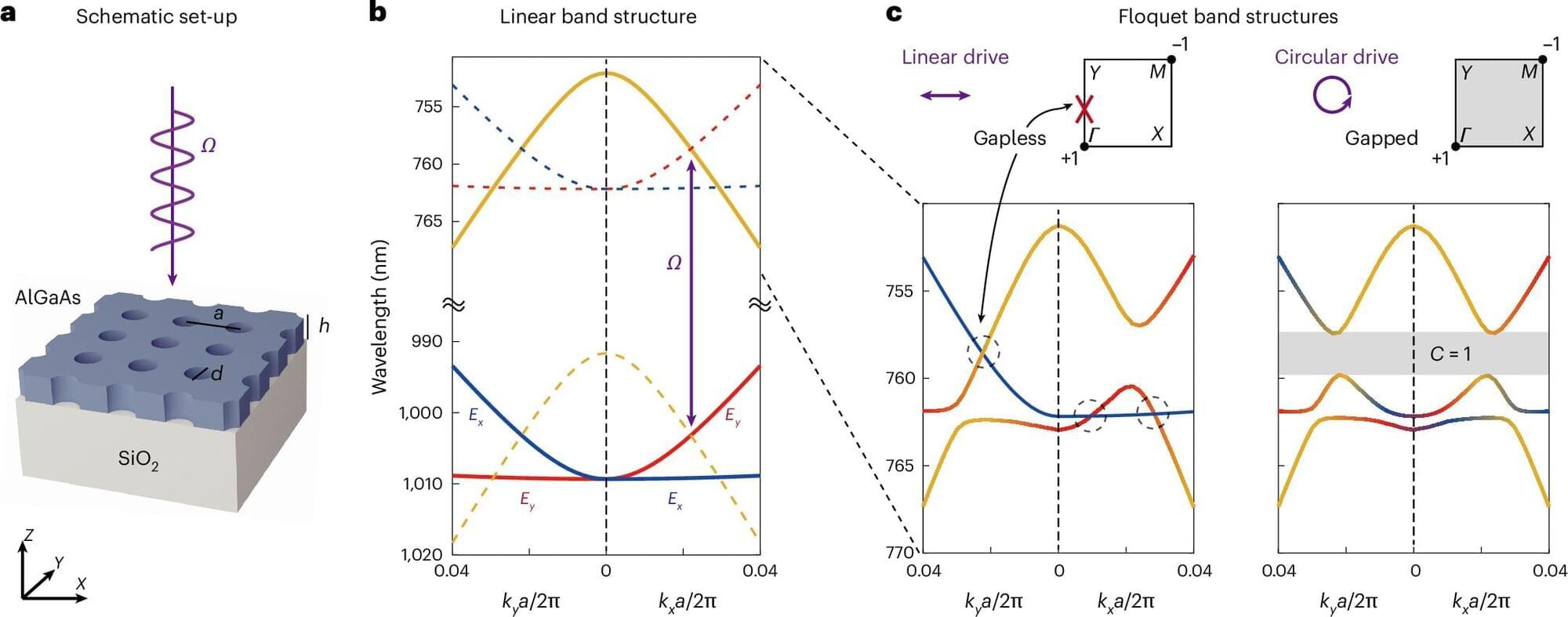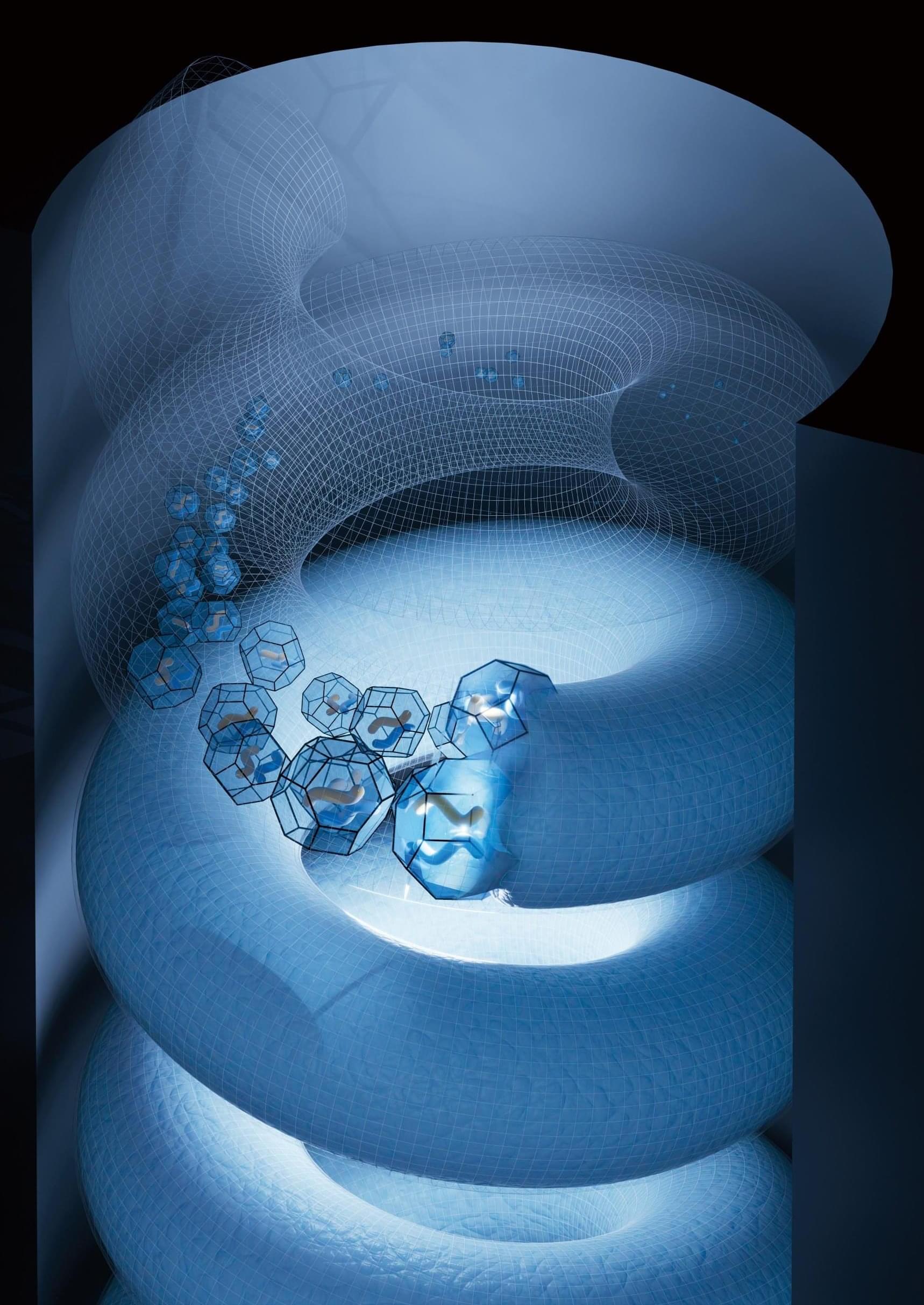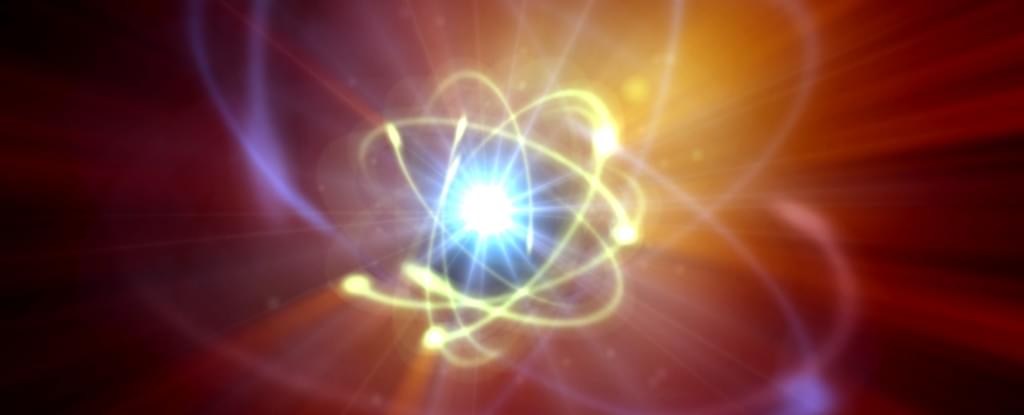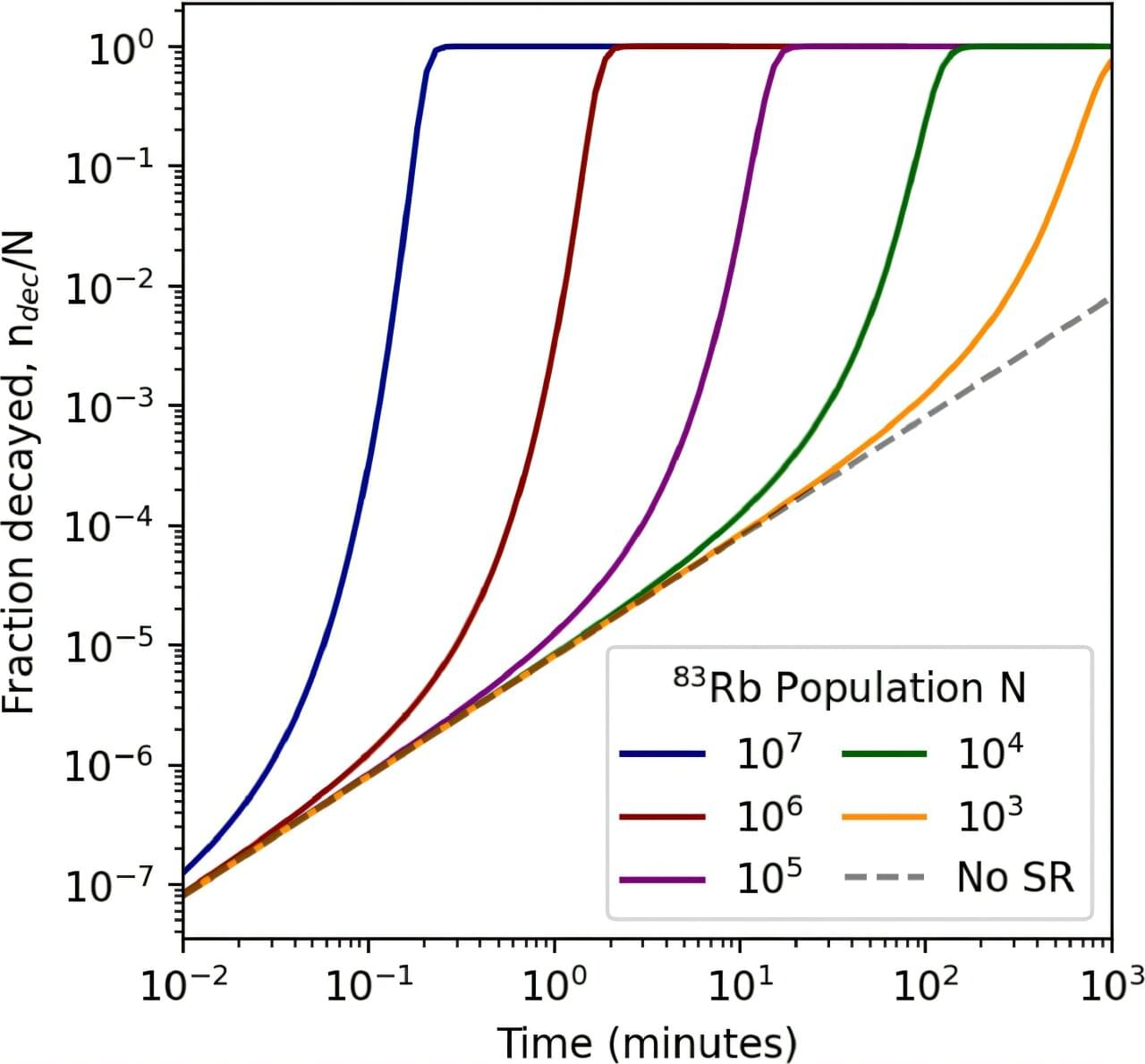Relaying a message from point A to B can be as simple as flashing a thumbs-up at a stranger in an intersection, signaling them to proceed—nonverbal, clear, and universally understood. But light-based communication is rarely that straightforward.
Photons, tiny particles of light, are fragile and unpredictable. Unlike electrons, which must be conserved in circuits, photons can scatter, split, merge into different colors, or be absorbed, meaning that the number of photons in a system isn’t fixed, even while the energy they carry remains the same. This makes guiding them through fiber optics or photonic chips —optical mazes—far trickier than steering electrons through copper wires, because light signals can scatter into dead ends or vanish before reaching their destination.
Engineers often respond by obsessively refining every imperfection, polishing the maze to perfection. However, this approach can be exhausting and never fully addresses these limitations.
